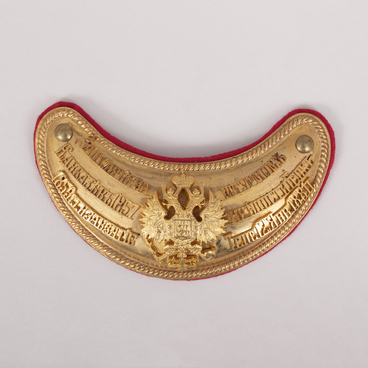During the First World War, a large number of new weapons that had never been used in combat were tested on the battlefields: anti-personnel mines, new models of machine guns, mortars, fragmentation grenades, toxic substances, and tanks. Airspace became a new theater of military operations. The spread of aviation also led to the development of novel weapons used in air attacks. Perhaps the most unexpected of them was a flechette, a projectile weapon.
Flechettes were developed by French engineers, but they received little recognition in France. Subsequently, the design was perfected in the Russian and German Empires. As a result, by the beginning of World War I, German and Russian military engineers created several types of flechettes, as well as bullets for dropping from aircraft.
A flechette is a small metal rounded rod, pointed on one side. Its other side has four longitudinal cutouts to make it aerodynamic. Flechettes were placed in special canisters suspended under the fuselage of the aircraft. During a dive or a low-altitude flight, the canisters opened, and the flechettes rained down on the enemy with a sharp whistle.
This type of armament had sufficient penetration ability, weakened the morale of the enemy and proved to be effective against infantry and cavalry units. It should be noted that German military technologists before the Second World War, mindful of the sound effect of flechettes, added special devices to aerial bombs that also made a sharp sound to further demoralize the enemy.
The main factors that ensured the effectiveness of flechettes were the surprise factor and their great destructive ability in an open area. As hostilities developed into trench warfare, when soldiers took refuge in trenches and dugouts, the use of flechettes became episodic. In addition, aviation improved rapidly during World War I, and soon aerial bombs were invented, thus replacing flechettes.


